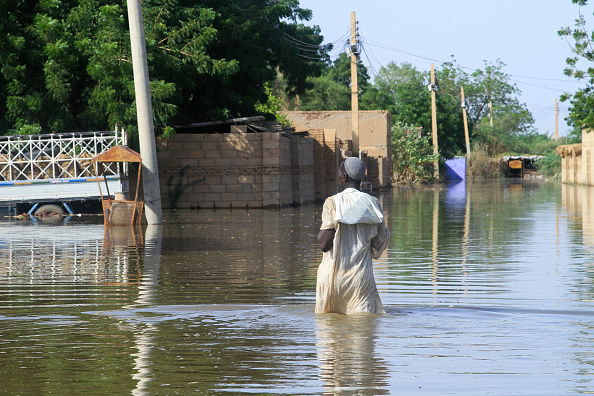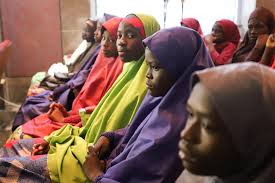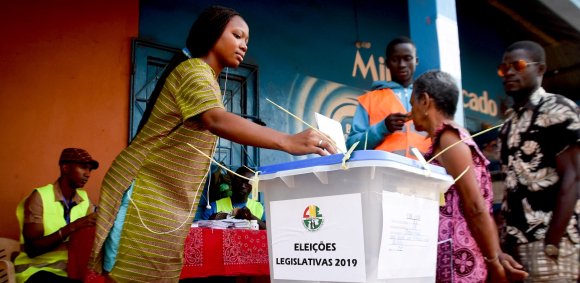Rising waters of the Nile River have flooded parts of Egypt and Sudan, displacing thousands and reigniting long-standing tensions over Ethiopia’s massive hydroelectric project, the Grand Ethiopian Renaissance Dam (GERD). The deluge, triggered by weeks of heavy rainfall in the Ethiopian highlands, has caused rivers to overflow, inundating farmlands, destroying homes, and threatening livelihoods across the Nile Basin.
In Sudan, several states along the Blue Nile and White Nile have reported severe flooding, with communities in Sennar, Blue Nile, and Khartoum States among the worst affected. Emergency services have been stretched thin, as residents struggle to salvage what remains of their property. In Egypt, authorities have issued flood alerts along the Nile Delta and southern regions, with officials warning that water levels could continue to rise in the coming days.
The crisis has once again drawn attention to the ongoing regional dispute over Ethiopia’s GERD, a $4.2 billion project built on the Blue Nile near the Sudanese border. Ethiopia maintains that the dam is vital for its economic development and energy generation, describing it as a symbol of national pride and self-reliance. However, Egypt and Sudan fear that the dam could reduce their share of the Nile’s flow, upon which millions depend for drinking water, agriculture, and electricity generation.
Diplomatic efforts to reach a binding agreement on the dam’s filling and operation have repeatedly stalled, with both Egypt and Sudan accusing Ethiopia of unilateral actions that threaten regional stability. As the waters rise, experts warn that the current flooding could further strain relations, with both Cairo and Khartoum calling for renewed talks under the African Union’s mediation.
Environmental analysts note that climate change has intensified rainfall patterns across East Africa, increasing the risk of extreme flooding and droughts. The Nile, which sustains over 250 million people across 11 countries, is becoming an even more contested resource as population growth and shifting weather patterns heighten the stakes.
For many in the flood-hit regions, however, the focus remains immediate survival. Thousands have been forced to evacuate, with humanitarian agencies warning of potential outbreaks of waterborne diseases. Fields that once supported staple crops like sorghum and maize are now underwater, threatening food security in an already fragile region.
As Egypt and Sudan contend with the aftermath of the floods, the GERD debate has once again taken centre stage a reminder that the future of the Nile is not only a question of water rights but also one of regional cooperation, climate resilience, and shared destiny.














Leave a comment